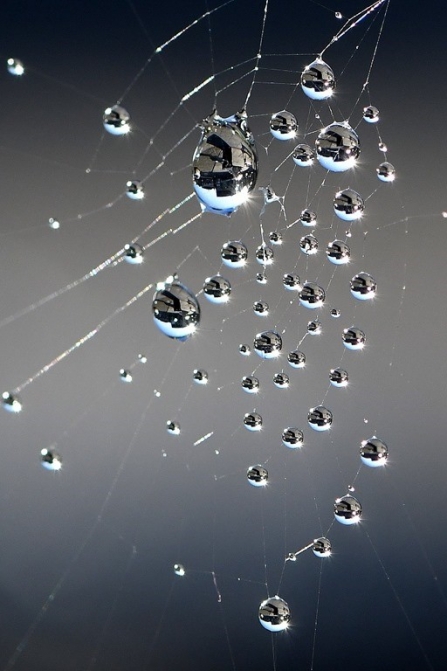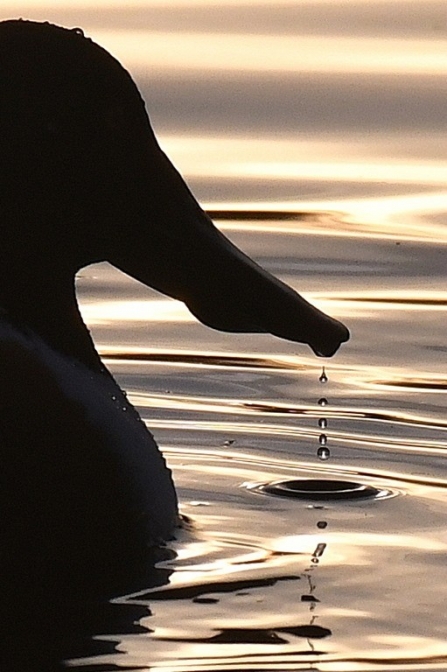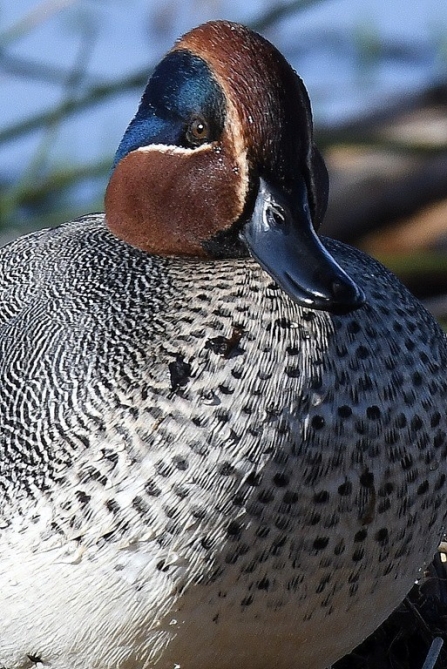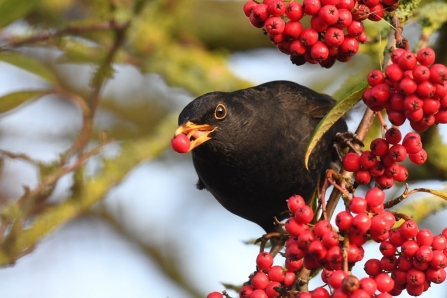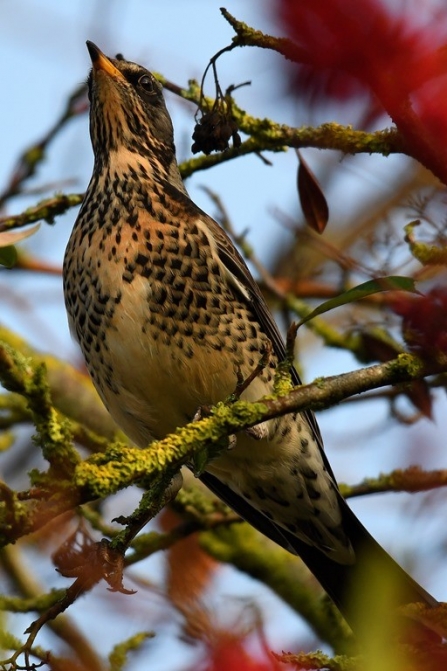A mild and wet winter thus far has led to some unseasonal appearances of butterflies and bees, with a bumble bee collecting pollen in my garden on New Year's Eve. Peacock and red admiral butterflies may be seen all year round when the sun shines. It is well worth buying some winter flowering plants if you don't have any.
The flooded levels have pushed the wading birds onto the areas higher ground, as many areas of water are too deep for birds such as snipe, lapwing and golden plover to feed. But it is a good time to spot a barn owl hunting along the river banks and flood defences, where mice and voles have been forced to take refuge. A day on the levels will always be well rewarded, be it a sighting of the magnificent marsh harriers hunting over the reed bed, or the exquisite bearded tits (or reedlings) feeding on the reed mace heads.



